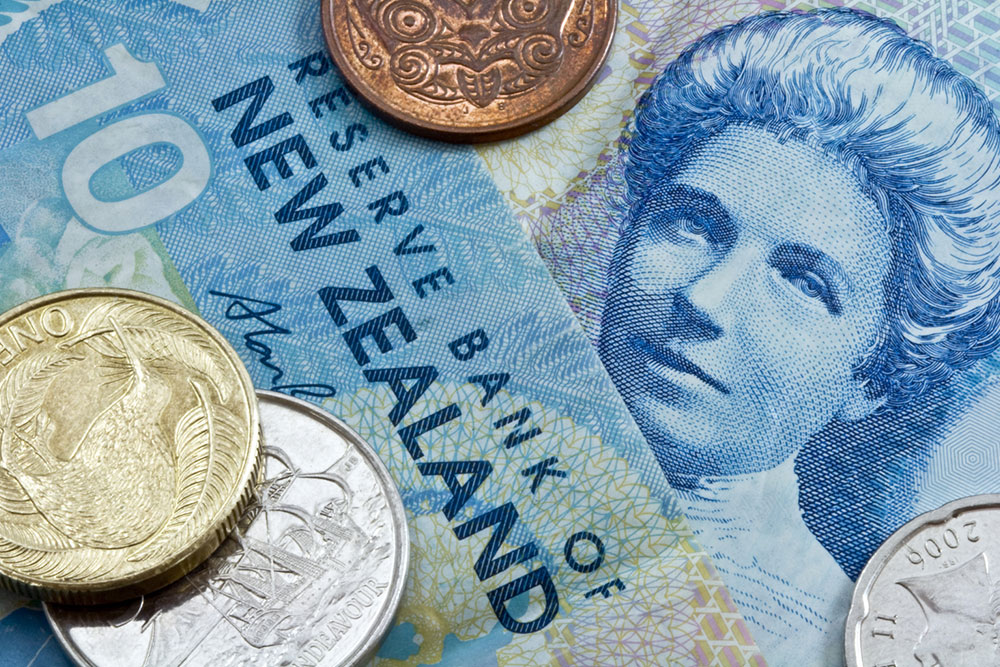Interesting Facts About Valuable Coins from New Zealand
Coins hold an interesting place in history. They not only display glimpses of past rulers with pictorial representations but also provide insights into the political, social, and economic situations of their time. The systematic study and collection of coins, known as numismatics, is a widely popular hobby among coin collectors worldwide. Many collectors actively look out for rare coins and notes due to the exceptional value arising from their rarity and/or unique variations.
Valuable coins in the country
Many factors affect the value of coins and banknotes, such as their scarcity (number of coins minted/circulated), physical condition, metallic content (such as gold, silver, or bullion), and variations.

1879 New Zealand Penny
Despite having a controversial history, the 1879 New Zealand Penny featuring Queen Victoria on the obverse and seated Britannia on the reverse of the coin remains one of the most valuable coins in the country.
New Zealand 100 Pounds and Early NZ banknotes before 1934
Before the establishment of a centralized banking system with the Reserve Bank of New Zealand in 1934, several note and coin-issuing authorities flourished across the country. Each made their own currency, with the highest denomination being 100 pounds.
New Zealand Lefeaux Kiwi Series
The first-ever banknote issued by the Reserve Bank of New Zealand continues to be sought-after to date. It has a depiction of Chief Tāwhiao, the second Maori King, a kiwi, and the Mitre Peak to celebrate local history. Of all the notes in this series, the 50-pound note is considered the most valuable today.
1935 Waitangi Crown
No list of valuable currency is complete without mentioning the 1935 Waitangi Crown, which commemorates the Treaty of Waitangi, the country’s founding constitutional document, signed on February 6, 1840. The coin was struck by the British Royal Mint for the Dominion of New Zealand. Despite all its importance, a very small number of these coins were minted in 1935, adding to their value today.
New Zealand 0/K Prefix One Pound
This note can appear quite plain at first sight. However, it features a slight misprint that has caused its value to rise to thousands of dollars. Originally meant to be printed with the prefix K/0, this note was mistakenly printed as 0/K (number over letter), making it extremely rare with only 12 known notes in existence today.
Star Notes
Some bank notes are also printed with a star (*) symbol. Although their main aim was to replace damaged or incorrectly printed notes, some of them now enjoy a valuable status among currency enthusiasts today.
Queen Facing Left $100
On most notes, Queen Elizabeth II is seen directly facing the audience. However, a series of notes was published rather recently, with images of her facing towards the left. Of this series, the $100 note has quickly gained a lot of attention, causing its value to soar.
1935 Threepence
The 1935 threepence coins featuring George VI on the obverse and two crossed patu on the reverse are another popular collector’s item. Their rarity is due to the fact that most of the coins minted this year were melted down.
1967 New Zealand Bahamas Mule
A minting mistake made this 1967 currency a highly-prized item for numismatists today. Instead of being an inhouse coin, it features the obverse side of the Bahamas Island 5-cent coin and the reverse side of the New Zealand 2-cent coin. As a result of this mistake, it remained almost uncirculated, shooting up its value.
Coins minted between 1933-1946
While they may not appear so different from others or even rare, the coins that were in circulation in the country between 1933 and 1946 can be worth way more than their face value. It turns out that these coins are made of 50% silver, offering high returns to collectors and making them one of the best coins to buy and sell across the country.
Where does one sell old coins?
Those who have inherited or acquired a lot of old coins may be interested in selling them. But where does one start to look for coin buyers around them? Here are some ideas that might help individuals find coin-selling places nearby:
- Online marketplaces
One of the easiest ways to sell coins is to list them on online marketplaces. This is best for low-value coins and bullions. These are great for sellers looking for higher visibility and full control over the coin’s pricing and descriptions. To make a good sale, take quality pictures of the coin to get the money’s worth. - Coin dealers
If taking sales online sounds too daunting, one can also approach coin dealers. These can be found via a simple browser search or by speaking to other coin enthusiasts. Several numismatic societies may be interested to check out the coins as well. While they may not always buy the coins, they can be an excellent guide to determine their worth. - Reserve Bank
For low-value notes and coins that one wants to sell at face value, reach out to the Reserve Bank in Wellington.

